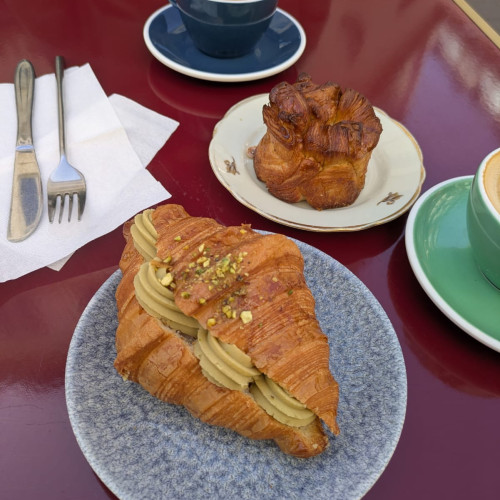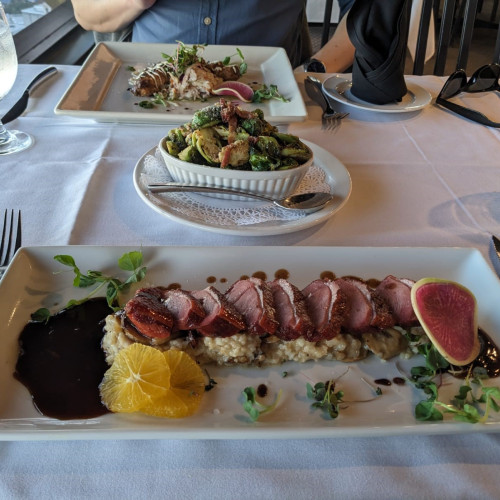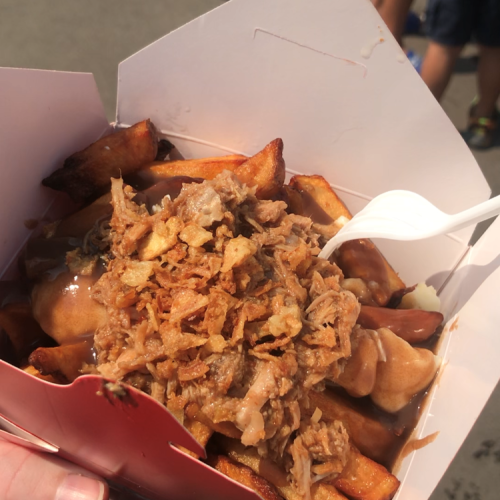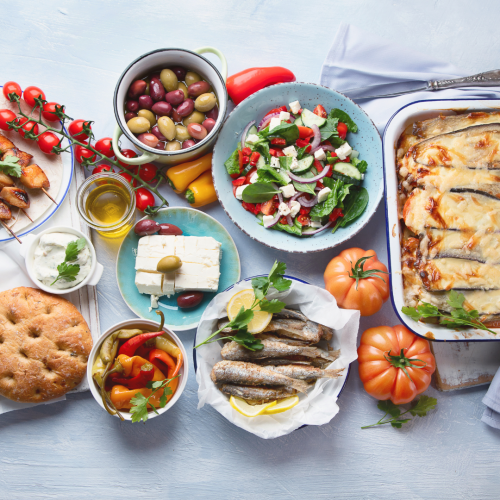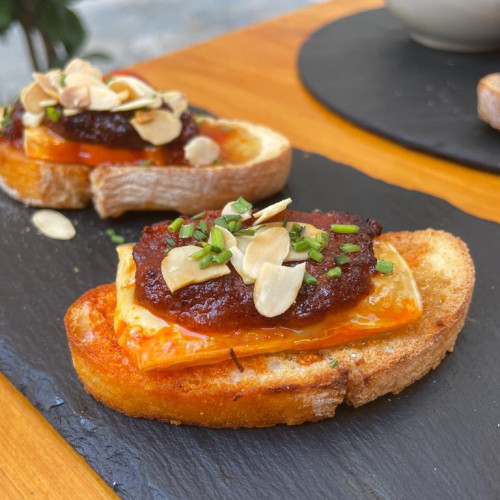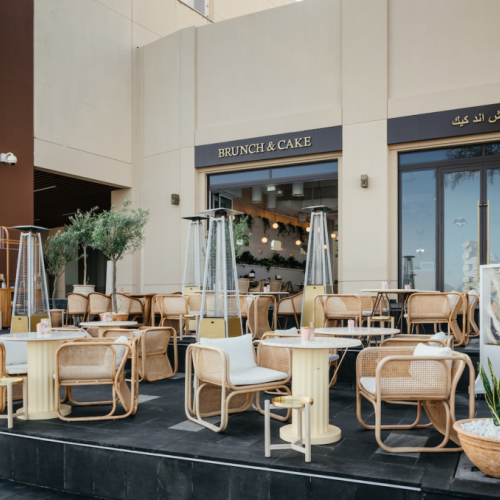A Foodie Guide to Malta
Our PR and Social Media Executive, Ellen, recently returned from a quick break in Malta, where she managed to sample a selection of traditional Maltese food. She rounds up what you need to add to your list if you’re planning a trip to this Mediterranean island:
Firstly, I need to preface this blog to say it is not like the usual RL Foodie Guides. We booked a surprise holiday through Journee, meaning we didn’t find out our destination until we arrived at the airport and opened our reveal postcard. This means I didn’t have my usual power-point presentation prepared detailing a jam-packed itinerary and all the local foodie spots I’d typically research in advance. However, Journee is very thorough, and provided plenty of recommendations of what to see and where to eat, so if you’re a foodie who can’t decide where to take your next holiday, I’d definitely recommend booking a trip with them!
Thanks to its prime position in the middle of the Mediterranean, Malta is an amalgamation of cultures, with fresh and flavourful cuisine drawing on African and European influence and taking advantage of local ingredients. The national dish of the country is Staffat Tal-fenek; a slow-cooked rabbit stew in a rich tomato, red wine, and garlic sauce. We managed to try some at a five-course tasting menu experience, which turned out the be the foodie highlight of the trip.
Tucked down an unassuming side street near the centre of Malta’s capital, Valletta, Legligin has ditched a traditional menu in favour of specialising in a blind tasting concept, which updates almost daily to reflect what’s in season. We opted for the lunchtime tasting, which consisted of five courses, and added on the paired wine tasting for good measure.
First to the fork was Tnaqqir, translating into ‘tapas’. We tried five plates, including Gbejna – local cheese made with sheep milk, served with green pesto; Kapunata – a cold dish made with roasted aubergines, peppers, tomatoes, capers, and olives in a red wine sauce; Zalzett – fried Maltese sausages with garlic and coriander; Bigilla – a dip made from mashed broad beans, garlic, mint, and chilli; and a sundried tomato dip. All of which were paired with a sweet white wine.
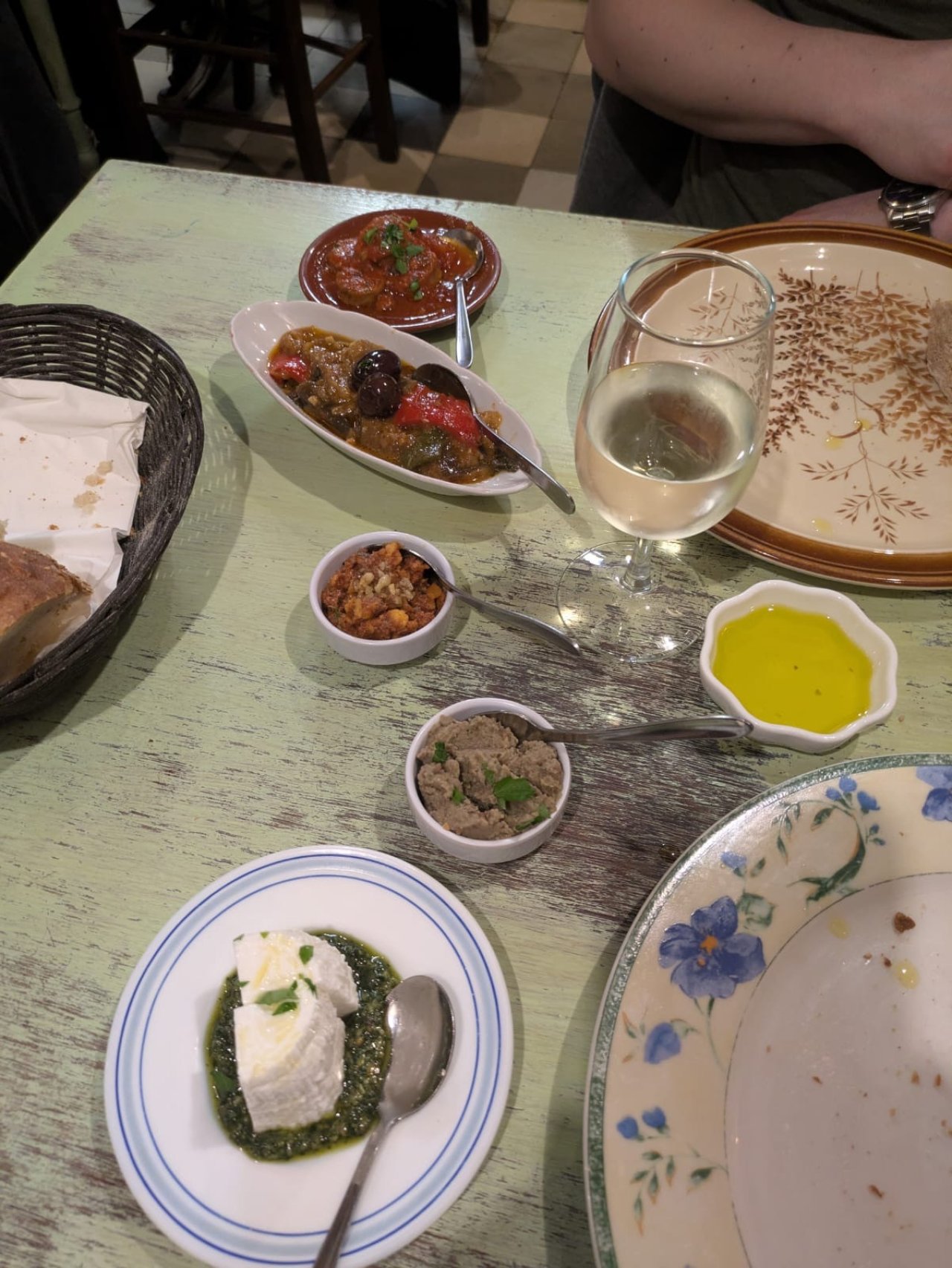
For the second course we were served Aljotta, traditional Maltese fish soup. This is where the blind tasting came into its element, as fish is not something I would tend to order for myself, however it was delicious! With notes of garlic, lemon, and herbs, the thin consistency and light fish meant it didn’t take up too much room before the next course. Our server introduced our second glass of white wine, which is grown on the coast of Malta, adopting a salty note from the sea breeze that complements seafood perfectly.
Next up was a pasta dish, made with slow cooked beef in a delicious creamy tarragon and mushroom sauce. This was probably my favourite course of the meal. Particularly when washed down with a light red wine.
For the main event we tucked into the aforementioned Stuffat Tal-fenek rabbit stew with mash, paired with a full-bodied red wine. This was my first experience trying rabbit, and it was much milder and more tender than I expected – but do keep an eye out for small bones!
Dessert was the exception to the ‘blind’ tasting rule, as we were given a choice of sweet treats. I opted for Pudina Tal-hobz, a traditional Maltese bread pudding, reminiscent of Christmas pudding, which arrived with a sweet white dessert wine.
Fully defeated by food, we washed it all down with a couple of digestifs – a mandarincello and Bajtra, sweet liqueur made from extracts of the local prickly pear.
Over the next couple of days we had the chance to sample more traditional Maltese food while exploring Valletta and the nearby island of Gozo. Prickly pear was an especially popular flavour, with locals transforming it into sweets, drinks, and jams. We also particularly liked Pastizzi – a warm, savoury pastry filled with ricotta or mushy peas (we tried the ricotta version), and found the local lager, Cisk, went down a little too easily!
For sweet tooth travellers, Malta offers something a little different to the heavy focus on gelato, tiramisu, and panna cotta – though all of these were readily available thanks to Italy’s close proximity. One evening we indulged in a sharing dessert sample plate, which consisted of five sweet treats. Imqaret, a soft pastry filled with spiced dates and fried; Halwa Tat-Tork, a nutty, crumbly fudge made with tahini; Gelat-Malti, ice cream with notes of nuts and candied peel, made with evaporated milk; Kannoli, deep-fried pastry tubes filled with sweetened ricotta, which still maintains a savoury edge; and Biskuttini tal-Lewz, a hard almond biscuit.

These names are great to bookmark if you want to impress the locals on your next visit, but there’s no need to stress as Malta’s official languages include English, so many menus are translated for ease.

